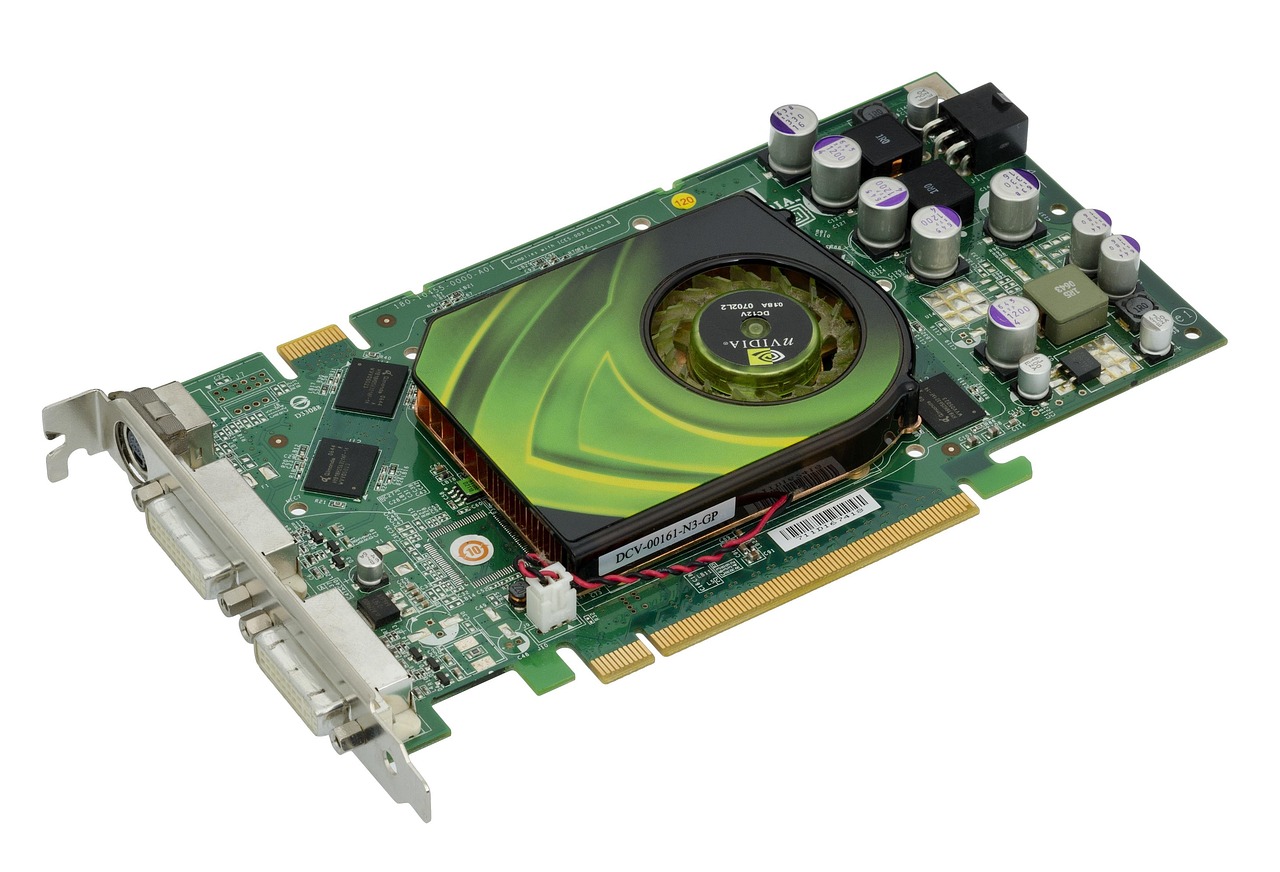Foxconn, in collaboration with tech giants like NVIDIA and Siemens, is spearheading a new era of manufacturing efficiency through the integration of AI and virtual plant technologies. By utilizing NVIDIA’s AI and Omniverse platform, they have revolutionized the assembly processes, leading to significant cost savings and increased energy efficiency. This partnership extends beyond Foxconn, with other major players like Delta Electronics and Pegatron adopting similar technologies to enhance their industrial operations on a global scale.

In the official narrative, this technological advancement is framed as a boon for productivity and safety in the manufacturing sector. The use of smart robots, AI-powered vision systems, and digital twins is touted as the future of efficient and sustainable production processes. However, beneath the surface lies a more intricate web of control and influence that extends far beyond mere operational optimization.
The pivot occurs when we recognize that these advancements are not just about improving manufacturing processes but are integral components of a larger agenda. The alliance between Foxconn, NVIDIA, and other tech giants is not merely about innovation; it is a strategic move towards consolidating power and control in the hands of a select few. By standardizing production lines and integrating Industry 4.0 technologies, they are laying the groundwork for a system of unprecedented surveillance and control.
Building the case reveals a meticulously planned agenda aimed at centralizing power and influence in the realms of technology, finance, and ultimately, human life itself. The partnership’s expansion into new territories, such as the establishment of AI server plants in the U.S., demonstrates a deliberate effort to circumvent regulations and tariffs while solidifying their grip on critical supply chains. This orchestrated effort, involving key players like Foxconn, NVIDIA, and Wistron, is not just about profit; it is a strategic maneuver to establish dominance in the emerging landscape of AI and automation.
The implications of this orchestrated agenda are far-reaching and ominous. As these tech giants amass unprecedented control over manufacturing processes and supply chains, the potential for abuse and exploitation looms large. Workers are not just at risk of being replaced by machines; they are at the mercy of a system that prioritizes efficiency and profit over human well-being. This shift towards automation and digitalization threatens to create a world where a handful of corporations hold the power to dictate not just what we buy, but how our very livelihoods are sustained.
The prosecution rests on the clear demonstration of intent, means, and opportunity. The intent of these tech conglomerates is not merely to innovate but to consolidate power and control on a global scale. Through their technological prowess and strategic partnerships, they have the means to reshape industries and economies to serve their own interests. The opportunity presented by the current technological landscape allows them to wield unprecedented influence over the future of humanity, ushering in an era where autonomy and freedom are sacrificed at the altar of efficiency and profit.
Looking ahead, it becomes evident that the trajectory we are on is not just about technological progress; it is about the fundamental restructuring of society itself. If left unchecked, this convergence of power and control in the hands of a few will lead us down a path where individual agency is a relic of the past, and our very existence is dictated by the algorithms and calculations of a select elite. The stakes could not be higher, and the time to act is now, before the machinery of control tightens its grip irreversibly.

